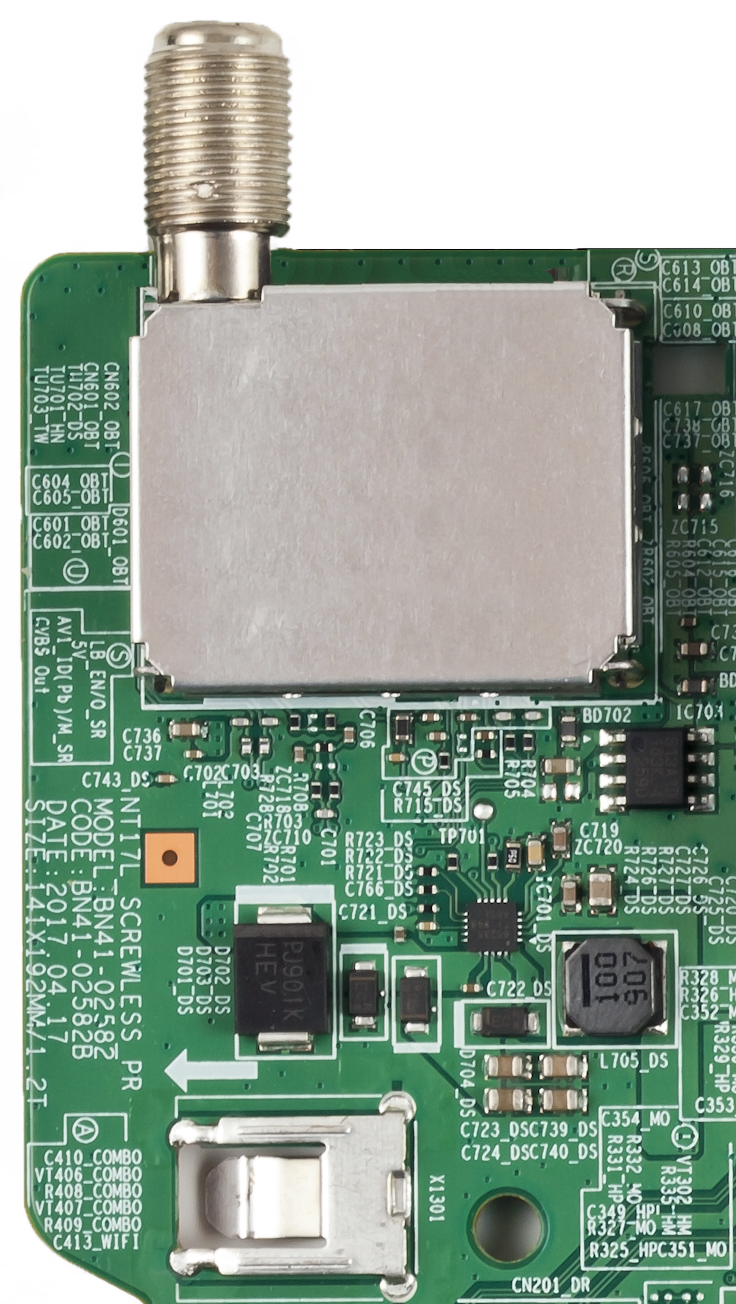
EMC Question of the Week: May 16, 2022
A coaxial cable carrying a 100 Mbps digital signal connects a system controller in a metal box to a sensor board in a plastic box. To minimize the common-mode current on the cable shield, it's important to have a
- common-mode choke in the controller
- common-mode choke in the sensor
- both (a) and (b)
- good shield-to-metal-box connection
Answer
The best answer is “d.” Common-mode chokes are balanced and are only effective for reducing high-frequency common-mode currents on balanced cables. A coaxial cable is unbalanced. To minimize differential-mode to common-mode conversion, we would never transmit a high-speed differential signal on an unbalanced cable. Likewise, we would never transmit a high-frequency single-ended signal through a common-mode choke.
In the system described here, the most likely source of any common-mode current on the cable shield would be a voltage appearing between the cable shield and the metal box. Bonding the cable shield to the metal box is an effective way to control this voltage. This bond can also be important for the radiated and transient immunity of the system.
If the sensor had a metal box, the cable shield would connect to it. However, without a metal box or frame ground on the sensor end to connect to, it would generally be important to minimize the electrical length of the signal trace on the sensor board. Maximizing the imbalance on the sensor board (e.g., by shielding the trace or routing it between planes) would help to reduce the common-mode voltage driving the cable shield at the sensor end. Minimizing the size of the sensor board would help to reduce the amount of common-mode current resulting from the common-mode voltage at the sensor end.
Have a comment or question regarding this solution? We'd like to hear from you. Email us at
